Some recent chopmarked newps with pictures
 MilkmanDan
Posts: 3,766 ✭✭✭✭✭
MilkmanDan
Posts: 3,766 ✭✭✭✭✭
I haven't been adding coins to the collection as much this year, mostly due to work and family time. I did recently have these photographed, I hope you enjoy. They are part of my chopmarked type set, consisting mostly of western (americas and europe) minted coins that made the voyage to China, and back.
1653-MO P Mexico 8 Reales cob (includes a few test cuts as well as chopmarks)
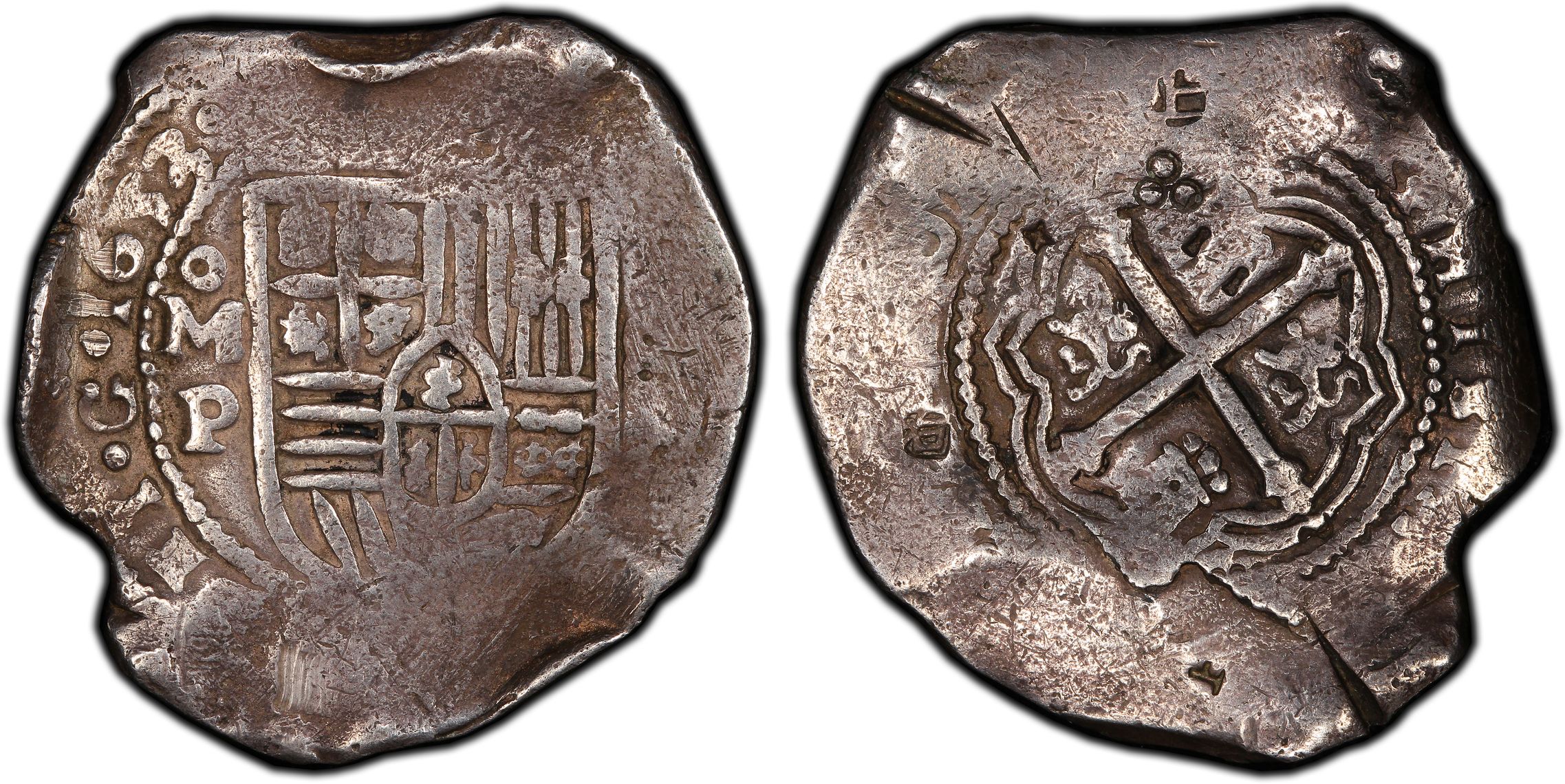
1668-MO G Mexico 4 Reales Cob
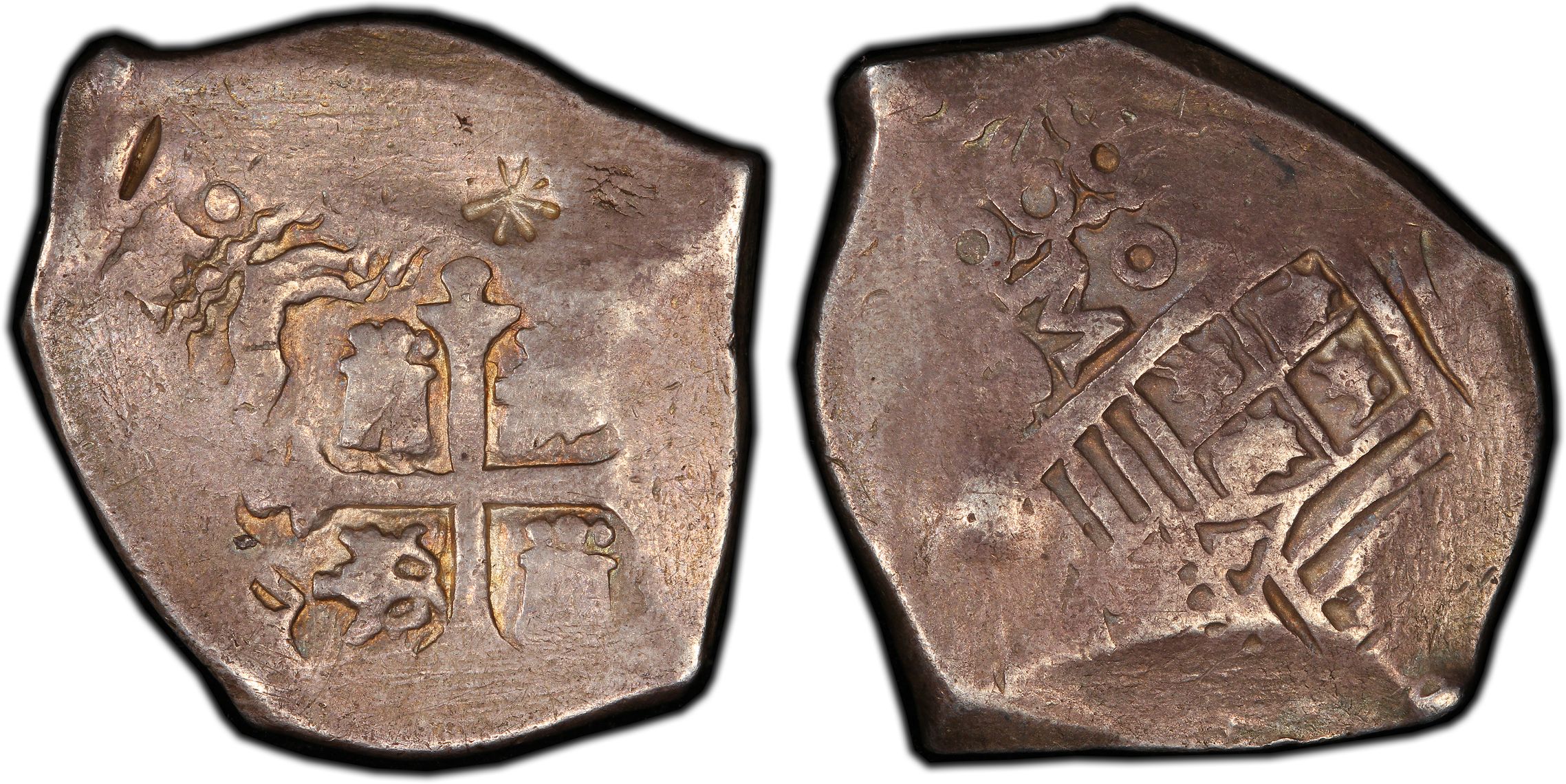
Both of the next 2 coins are from an era where chopmarked coins are not common. About 95+ percent of chopmarked Cap & Rays 8 Reales are from 1870's and upwards.
1845-Zs OM Mexico 8 Reales
This one has some cool red China gunk in the chops. Anyone care to guess at the substance?
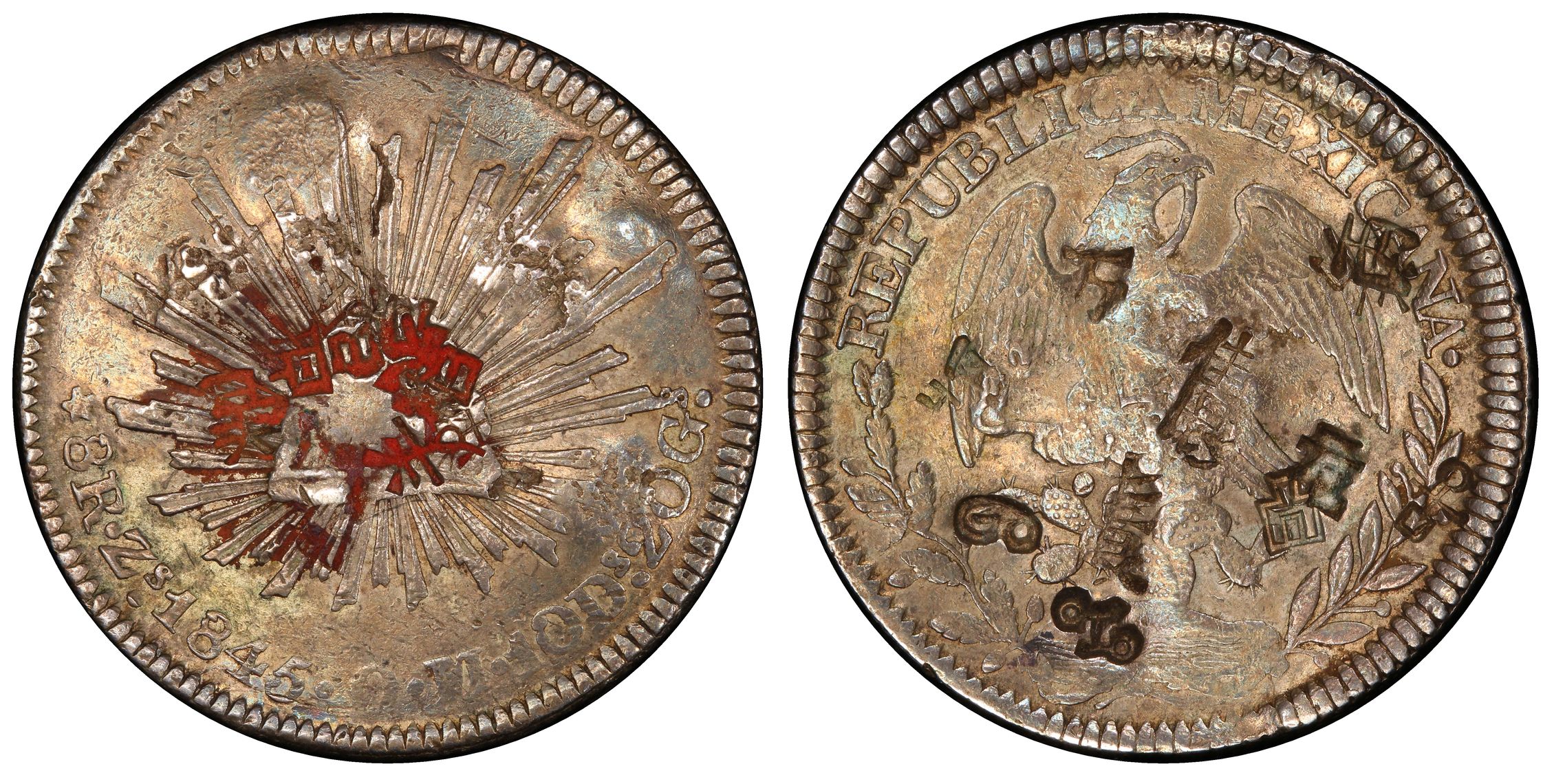
1851-Go PF Mexico 8 Reales
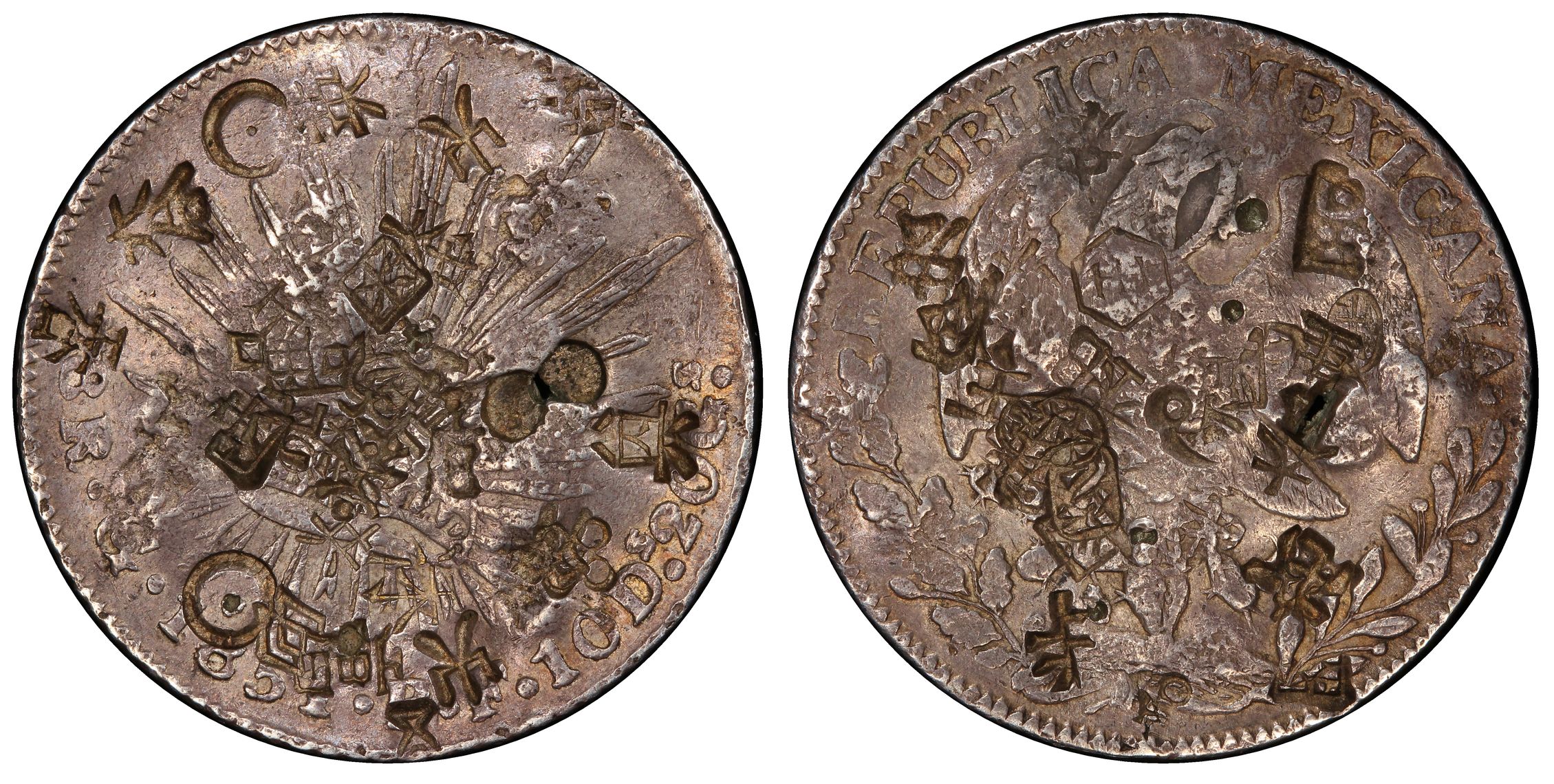
1860 Dutch Gulden
This is a half dollar sized coin and the first of it's kind I've seen with a chopmark.

1881-BF Peru Sol
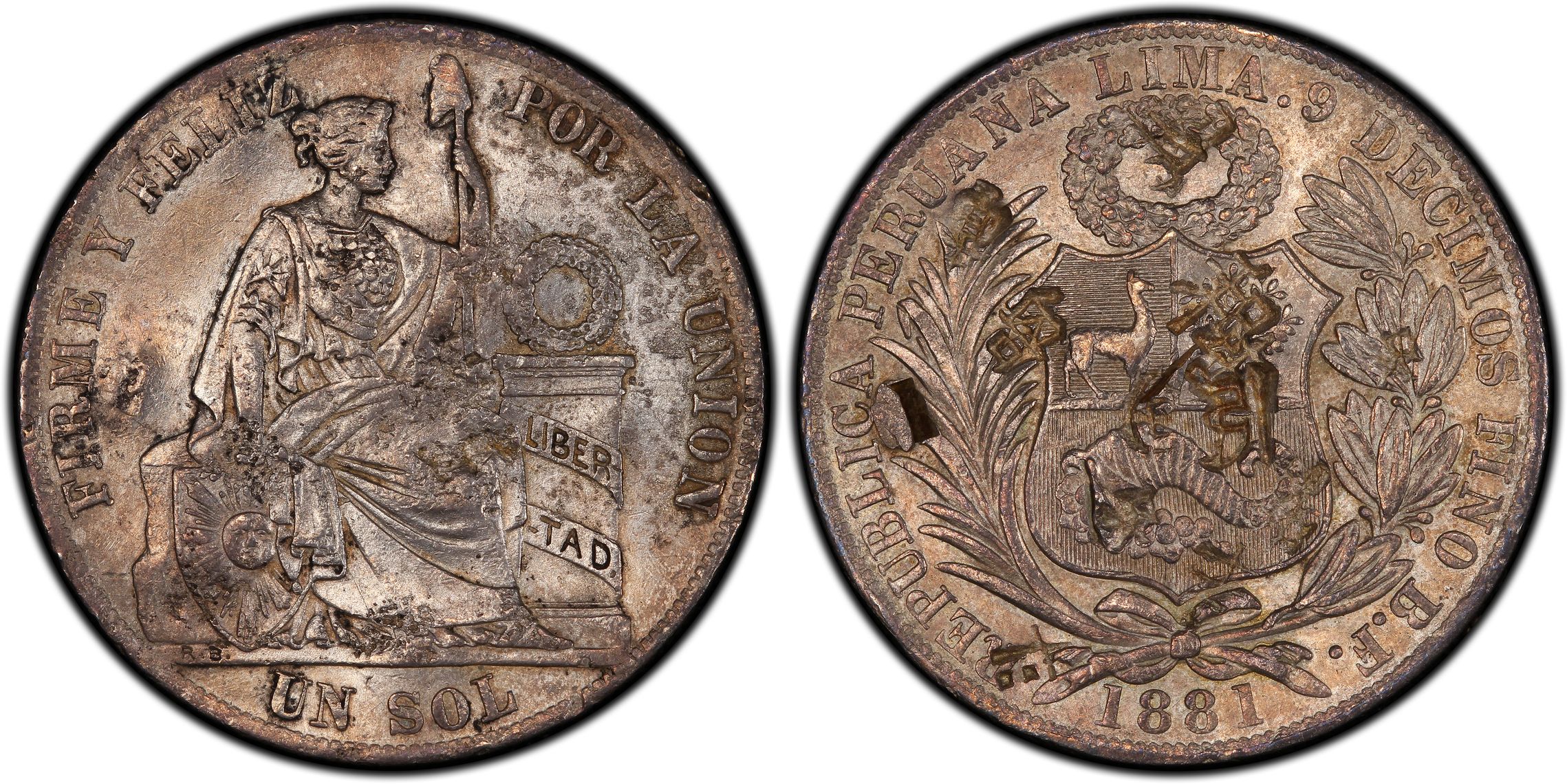
1891-MO AM Mexico 8 Reales
Common coin but I liked the look. And it was cheap.
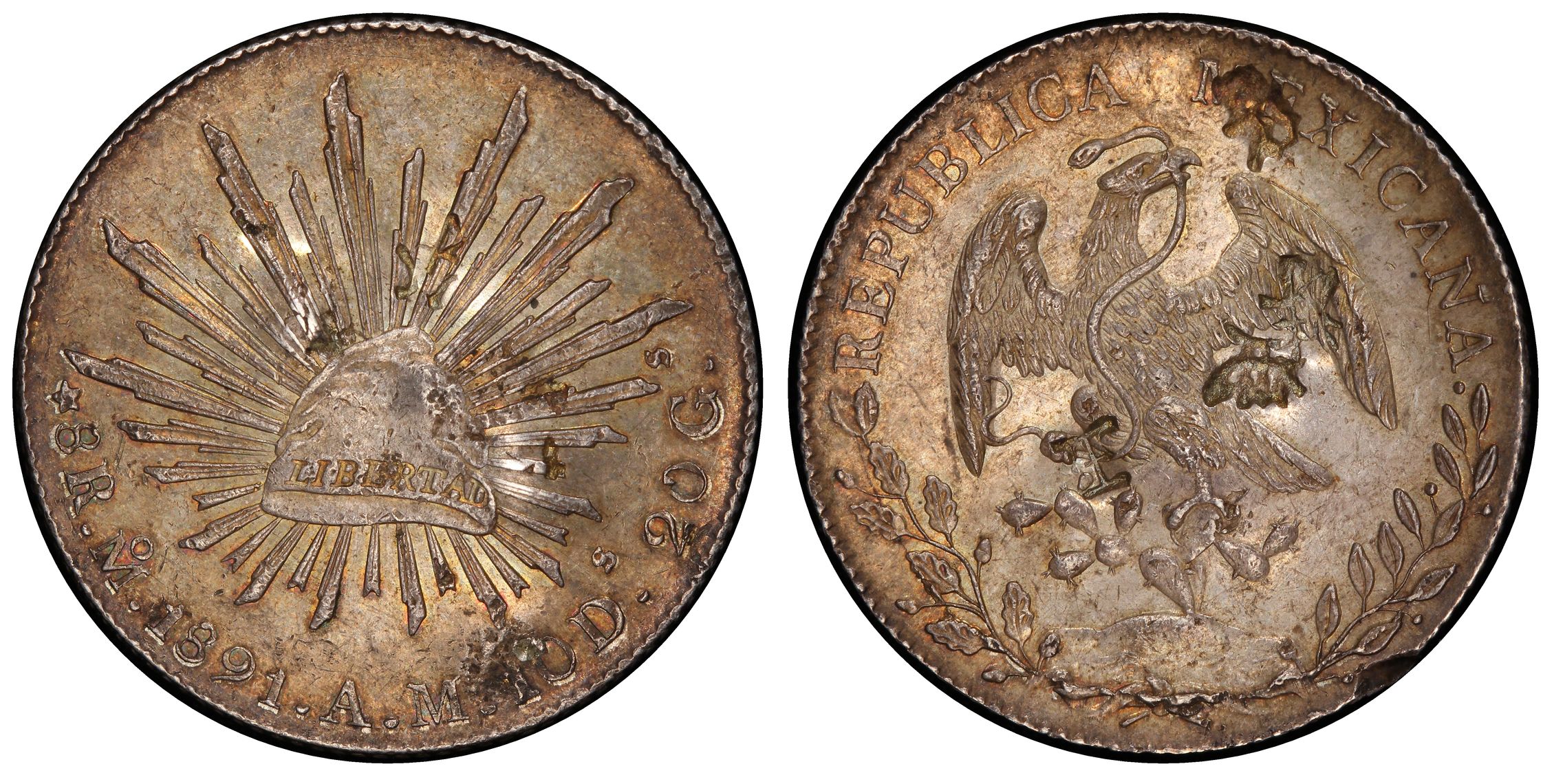
This one doesn't fit the set perfectly since this coin originated in Asia. Nonetheless it was very cheap and totally UNC. A good example to keep around.
1912/M45 Japanese Yen
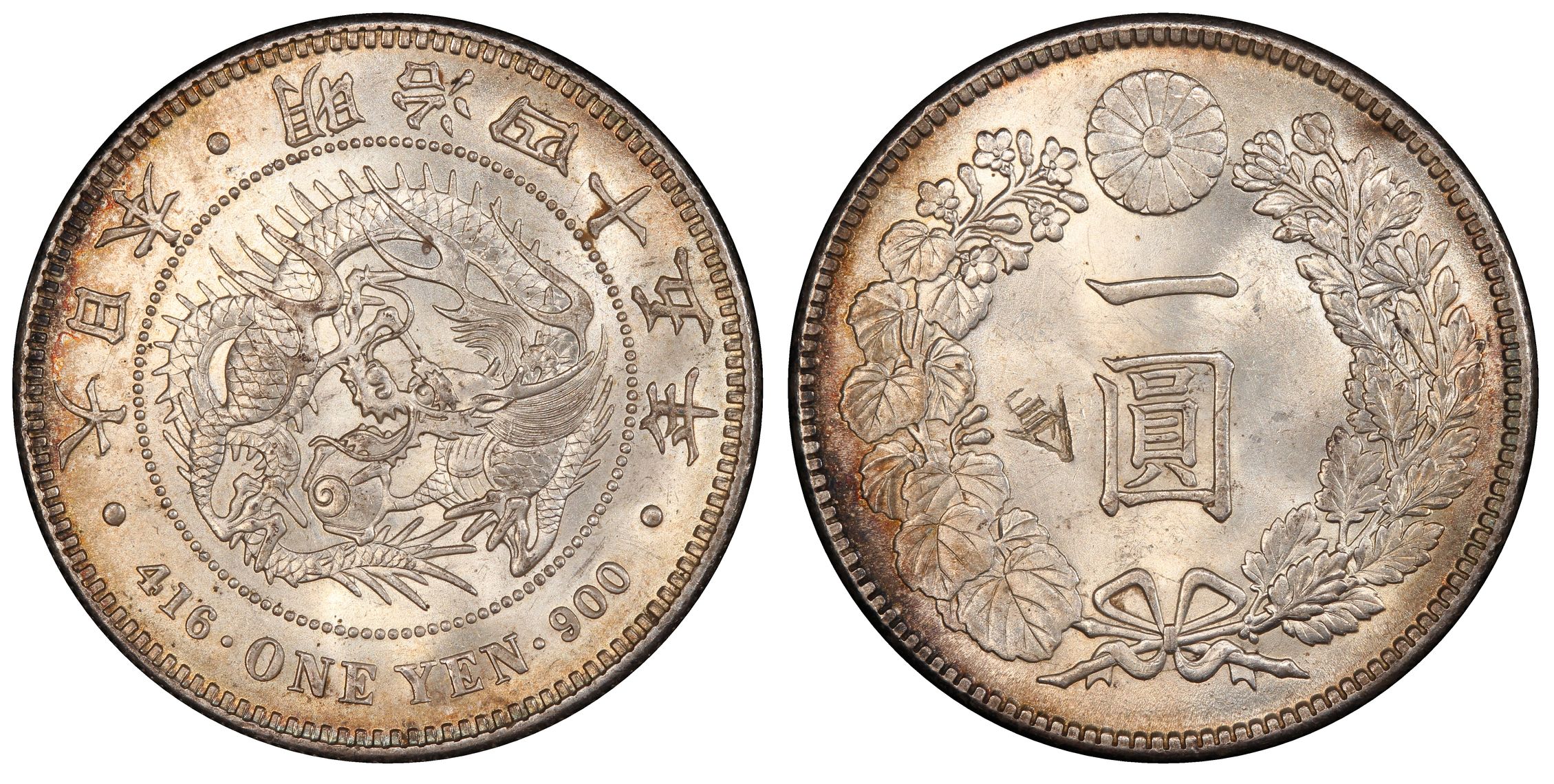
1653-MO P Mexico 8 Reales cob (includes a few test cuts as well as chopmarks)

1668-MO G Mexico 4 Reales Cob

Both of the next 2 coins are from an era where chopmarked coins are not common. About 95+ percent of chopmarked Cap & Rays 8 Reales are from 1870's and upwards.
1845-Zs OM Mexico 8 Reales
This one has some cool red China gunk in the chops. Anyone care to guess at the substance?

1851-Go PF Mexico 8 Reales

1860 Dutch Gulden
This is a half dollar sized coin and the first of it's kind I've seen with a chopmark.

1881-BF Peru Sol

1891-MO AM Mexico 8 Reales
Common coin but I liked the look. And it was cheap.

This one doesn't fit the set perfectly since this coin originated in Asia. Nonetheless it was very cheap and totally UNC. A good example to keep around.
1912/M45 Japanese Yen

0
Comments
- Asian schroffs used weight, size, ring, color and rubbing on certain surfaces as primary determinants as to the acceptability of a coin.
- Chops originated as a simple method of disclosing Sheffield Plate forgeries. Sheffield Plate was developed in England in the 1760-1770 era and used a layer of 90% silver foil laminated to a core of copper or other base metal.
- About 1830-1835 Chinese authorities were advised by the British that the silver counterfeits (restrikes) circulating in Canton were significantly debased. So to improve standards in the circulating coins, the Chinese introduced Specific Gravity testing as part of the standard analysis. This change in testing methods caused the counterfeiters to respond and raise their silver content above 850 fine. By 1870 testing standards using acid tests and other chemical assay methods resulted in counterfeiters improving their alloy to 900 fine.
So my understanding is that it is unusual to find older chopped examples as well as post 1870's.
World Collection
British Collection
German States Collection
US Philippines Peso 1903-S with Chopmarks
The Mysterious Egyptian Magic Coin
Coins in Movies
Coins on Television
Netherlands Gulden chop marked - that is a first for me as well
Experience the World through Numismatics...it's more than you can imagine.
Chopped coins, especially 8 reales, are a very interesting subject to me. I am no expert but I'll offer a few insights from Bob Gurney, who is an expert.
- Asian schroffs used weight, size, ring, color and rubbing on certain surfaces as primary determinants as to the acceptability of a coin.
- Chops originated as a simple method of disclosing Sheffield Plate forgeries. Sheffield Plate was developed in England in the 1760-1770 era and used a layer of 90% silver foil laminated to a core of copper or other base metal.
- About 1830-1835 Chinese authorities were advised by the British that the silver counterfeits (restrikes) circulating in Canton were significantly debased. So to improve standards in the circulating coins, the Chinese introduced Specific Gravity testing as part of the standard analysis. This change in testing methods caused the counterfeiters to respond and raise their silver content above 850 fine. By 1870 testing standards using acid tests and other chemical assay methods resulted in counterfeiters improving their alloy to 900 fine.
So my understanding is that it is unusual to find older chopped examples as well as post 1870's.
Hi John, thanks for your input. I don't doubt that Bob is an expert when it comes to fake portrait 8 reales, specifically the Sheffield plate forgeries. However, I have to question the premise that the origin of chopmarks had anything to do with the Sheffield fakes. Chopmarks are known back to the early 1700's and can be found on many crown and half crown sized coins from that timeframe through the early 1900's.
Many questions remain as to why various coins were chopped, but we can can be fairly certain that one reason silver coins were chopped was as a means of approval after authentication.
Excellent- Wow
Netherlands Gulden chop marked - that is a first for me as well
There's a small piece of doubt in my mind that the chopmark on the Gulden is actually Chinese in origin. I'd be curious what you or others think. Is it even a chinese or pseudo chinese character? The overall fabric of the chop looks legit to me, but I'm still not 100% convinced.
I understand the uncertainty... I am not familiar with all chop marks from that time.
Experience the World through Numismatics...it's more than you can imagine.
Interesting topic for discussion. Wasn't there someone from the chopmark collectors society working on an updated "Chopmarks" book?
Yes, Collin Gullberg completed his book and I recommend it to anyone with a passing interest in chops. You can read a review (includes purchasing instructions) here.
As for the red substance, I looked at it under a loop and it can best be described by yours truly as "salty play dough". It's actually a substance and not just floating on the surface like toning. No clue what it is. Doesn't look like wax, but that's a great guess.
As for the Gulden, I was torn even when I purchased it but here's why I think it has a shot at being authentic. For some reason the 1830's through late 1860's were a low point for chopmarked coins, there just aren't as many found in that period. What's odd is that this is one of the only periods where half dollar sized coins are found chopmarked. (Another period being the late 1780's through early 1800's). It's not hard to find US seated 50c pieces with chopmarks from 1855 through 1870. Something I've observed is these US half dollars almost always have a single obverse or single obverse and reverse chopmark. These single chopmarks are almost always centered. This Gulden fits that mold, with a single obverse chopmark that is fairly well centered. The fabric of the chopmark (edges, depth and reciprocal reverse damage) also look pretty good to me, when compared to other chopmarked coins of the period. Still not sure though, EVP confirmed it's not a chinese character but with the majority of chopmarks being pseudo-characters and symbols that probably doesn't mean much.
And, to clarify, that mark is not any recognizable pictographic word that my wife recognizes (that includes Korean and Japanese as well as Chinese). So it is either just a non-word symbol, or you need to look southerly or easterly.
EVP
How does one get a hater to stop hating?
I can be reached at evillageprowler@gmail.com
Speaking of cool newps I hope to share pics of another one that may draw some interest tomorrow.
there was much trade with Korea and Malasya , could be a chop mark of one these countries. nice coin , looks like an overstruck 1860 , which are rarer then the standard 1860 year.
cat value in Very Fine 75 euro without adding a premium for the chopmark.
Dumb question: Is it gulden or guilder?
Linky-poo
How does one get a hater to stop hating?
I can be reached at evillageprowler@gmail.com
Clear as mud. So basically they can be used interchangeably?
No. The distinction is whether you want to use the language of the natives, or you think like an American and everything must be "translated". Like Bombay versus Mumbai and China versus Chung-kuo.
How does one get a hater to stop hating?
I can be reached at evillageprowler@gmail.com